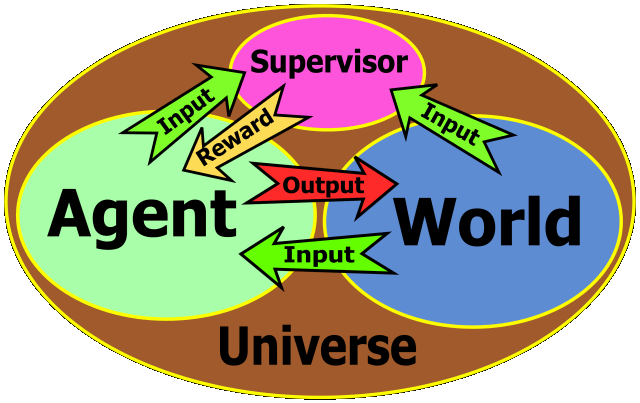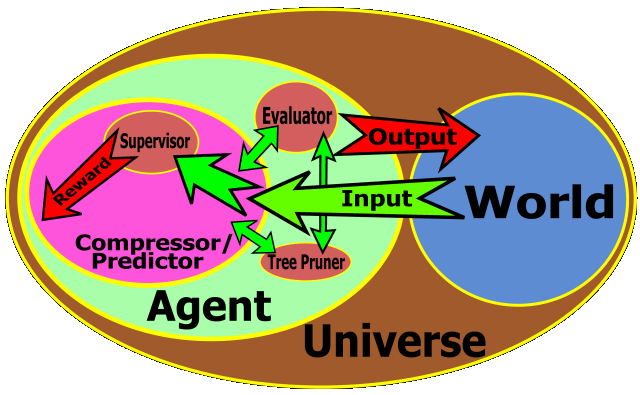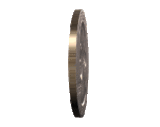Wirehead analysis
Here we will be giving an analysis of the
wirehead potential
of the systems we sketched on the cybernetic
diagrams page.
A couple of ways of avoiding
the wirehead
problem have been proposed:
- One involves ensuring the system uses its current utility
function to evaluate the consequences of modifying its utility
function - and then reject such actions.
- Another involves the idea of giving the system long-term time horizons -
ensuring that it can see the negative long-term consequences of wireheading on
its survival potential - and thus its ability to attain any kind of goal.
The second approach seems as though it isn't likely to completely
prevent wirehead-related behaviour to me. Partial wireheading may be possible
without compromising survival attributes. Also, if one big organism can be
formed, that agent may face little competition for a very long time - and
so face relatively little in the way of direct survival threats.
Reinforcement learning system
A diagram of a conventional reinforcement learning system looks something like this:

|
Wirehead analysis:
This system is likely edit its own supervisor, to feed it pure pleasure.
|
Compression-based system - with exploded compressor
A diagram of a compression-based agent with the details of the compressor is shown below:

|
Wirehead analysis:
This system contains two components, both of which could potentially
behave like wireheads.
- The compressor/predictor component is rewarded for compressing its model
of the world and/or making correct predictions. In either case, it is rewarded
not only for making correct predictions about the world, but also for
making the world more predictable. This is a kind of fake utility - and seems
to be a potential undesirable side effect. The compressor/predictor component
controls the world only very indirectly - but it may still find a way
of wireheading itself.
- Unless it is carefully designed not to do so, the evaluation component is
may also wirehead itself - by direct self-modification. It may also find a way
of synthesizing fake utility.
Carefully designing the evaluatation component - so it considers the
consequences of changes to the evaluatation function in terms of the
current evaluatation function - may mean that this kind of
system could avoid wireheading itself at that level.
|
Alas, I think we really need a better way to experiment with these kinds of
system before we can say with much confidence how they are likely to behave
in circumstances where they can modify themselves.
Tim Tyler |
Contact |
http://matchingpennies.com/
|



